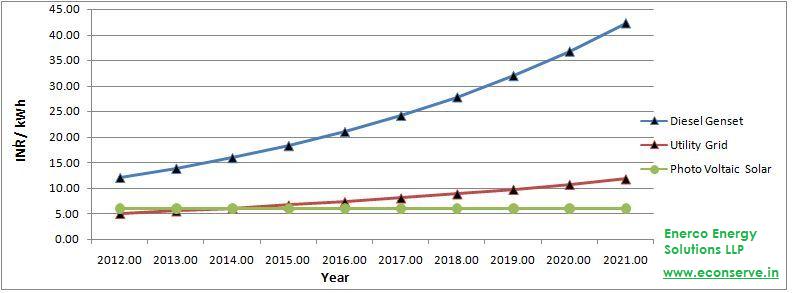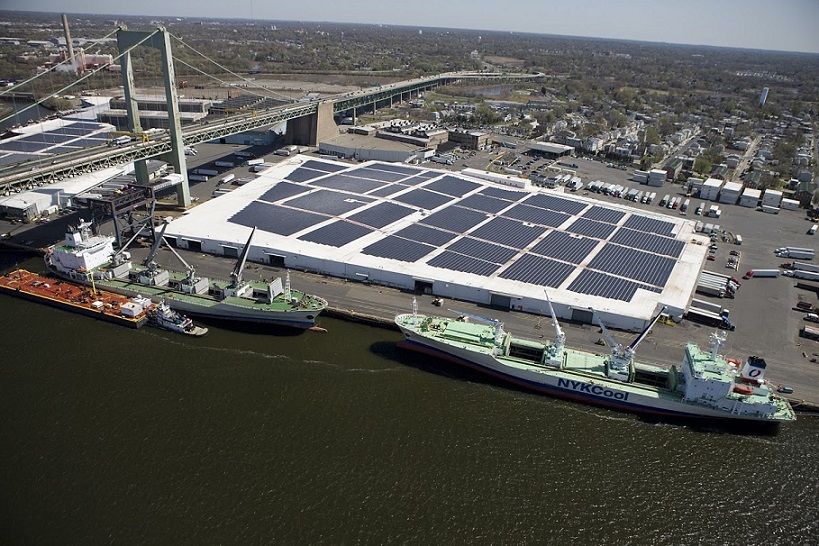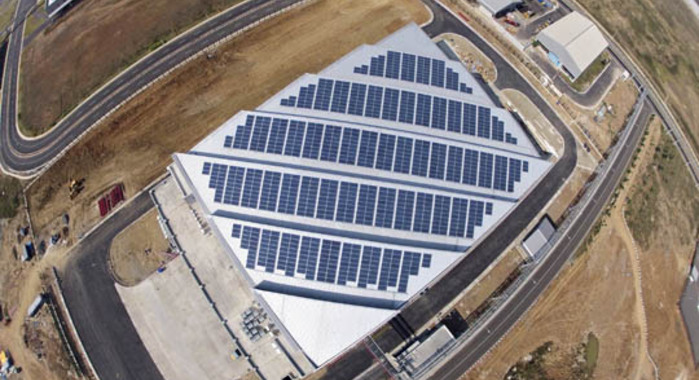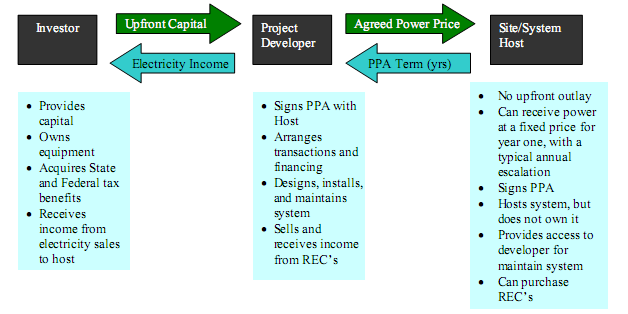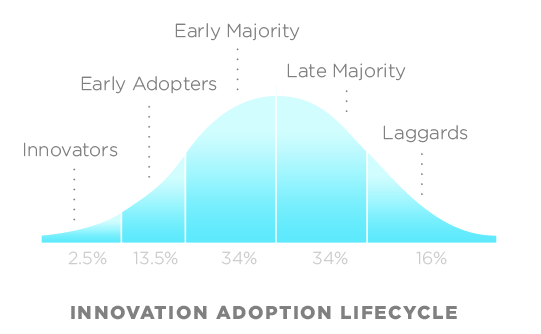This is a post by Narasimhan Santhanam, Director @ EAI

I had the opportunity to visit one of the largest (single location) rooftop solar installations in the world a few months back.
That was in New Jersey, where a logistics company (Holt Logistics) had installed a 9 MW solar power plant on its massive warehouse not from the New Jersey port.
To me, that day was a revelation.
Net Zero by Narsi
Insights and interactions on climate action by Narasimhan Santhanam, Director - EAI
View full playlistA few days later, I met Jigar Shah, who pioneered a revolution in solar through a business model. (some more on this stuff from here ).
Until the above two incidents, I had, like many others in the Indian solar power sector, assumed that rooftop solar would take time to grow, at least installations beyond 10 kW. The reasoning was that most companies would rather wait until the still-high capital costs came down further, the grid prices went higher, and until the policies became more clear. Until then, the thinking went, most companies would only consider rooftop solar a toy and conduct small experiments and pilots.
The 9 MW Holt Logistics rooftop solar plant, my meeting with Jigar, and what I have been seeing in India last few months, have made me start rethinking about the pace at which rooftop solar installations would happen in India.
And it appears that a rethink might not be far off the ground reality.
Recently, I heard from the CEO of Solarsis (a Hyderabad based solar solutions provider) how they are implementing a 1 MW rooftop solar system at IIT Madras. Recently, EAI assisted a large American company in finalizing a 700 kW rooftop solar system for their upcoming factory near Madurai. And you would have doubtless heard about many 100+ kW installations all around the country.
EAI alone is currently assisting more than half a dozen industrial clients in various stages of rooftop solar implementation, and most of these are 50+ kW in capacity.
All these kind of convince me that the rooftop solar growth is reaching an inflection point.
There are of course skeptics and their skepticism is indeed justified. I and my team have seen how many companies have been dragging their feet on rooftop solar decisions for months. We are all witness to how MNRE’s “capital-subsidy-that-never-was” policy has delayed many decisions even among well-meaning industrialists. Last but not the least, the market today operates with few established standards and benchmarks, leading to less-than-honorable companies spoiling the pitch for themselves as well as for the rest of the industry.
All the above are facts too, and can be expected to play spoilsport for quite some time.
But these should not distract us from a trend, which in my opinion, is as clear as it can get in business.
And that trend is: Rooftop solar will grow very fast indeed for the next many years in India.
Why am I so confident while some others are not? What will be the drivers that I am confident will offset the spoilers mentioned above and ensure high growth? Here are some thoughts.
Rooftop Solar Guide. By the way, EAI has come out with a comprehensive guide for rooftop solar installations. You can download the draft guide from here. Advertising avenues available for vendors. |
Cost
The cost story & business case is well known to most, so I will keep this short.
In most industrial and commercial settings, the cost of solar power has reached parity with average price paid for grid power. And the cost advantage will only get better for solar with time. In places where diesel has to be used for backup power in a significant way, the solar story only gets better and stronger.
Source Credit: Econserve
Land Availability
In most cases, industrial and commercial rooftops are not being used for anything at all. It thus becomes an easy decision to make for the management, to utilize it for something productive (this was one of the drivers for Holt Logistics). This is especially true of warehouses and other such places with massive rooftops which can hardly be used for anything else. (for those curious, here’s an interesting post on energy efficiency possibilities in warehouses)
In fact, while smaller industrial and commercial rooftops are sometimes used for alternative purposes, rooftops on top of large factories and warehouses are rarely used for anything productive. A stronger business case for larger rooftop solar power plants.
(The Holt Logistics solar array on its warehouse, courtesy: Holt Logistics)
Green Thinking
It is undeniable that at least a percentage of the management in companies are keen on showing to the rest of the world that they are green, and in a meaningful manner. This could be further enhanced in India owing to the recent mandates on CSR.
Trust me, the percentage of “green thinking” corporates is growing faster than we cynics-at-heart tend to believe.
Sustainability, sustainable living and sustainable corporates are not passing fads. Most industry leaders agree that these are unstoppable forces that will only get stronger in future.
Below you see Daimler India’s rooftop solar plant above their warehouse in Chennai
Source Credit: Autocar Professional
PPA Model
Undeniably, one of the biggest stumbling blocks to rooftop solar is the high upfront cost (currently around Rs 1 lac per kW without subsidy). But the PPA model or leasing model essentially overcomes this challenge.
Under the PPA model, the rooftop owner need not pay any upfront cost; rather, he pays per unit of electricity he consumes from the rooftop solar system – quite the same as what he does to the state or private utility today. (This model was invented by the earlier mentioned Jigar Shah of Sun Edison)
Source: Empower Me
The Critical Mass for Take-off
Like any other new idea, solar too goes through the Innovators – Early Adopters – Early Majority – Late Majority – Laggards (see Technology Adoption Lifecycle).
(Source: Wikipedia)
The question of course is: Where exactly is the rooftop solar adoption in India? Is it at extreme left? Or has it reached Early Adopters stage? The more important question is, if it is the former (more likely), then how long would it take to reach the Early Adopters stage?
The above are questions that those in the Indian rooftop solar segment should ask themselves.
The critical mass for take-off for many of these innovations start happening in the Early Adopters phase.
In my opinion, we are not far from hitting the Early Adopter stage. Which means hyper-growth is not far away.
I organized a brief study at EAI to estimate what this growth could be, and we inferred that India will have over 50,000 rooftop solar installations by end of 2017 from fewer than 3000 installations right now.
In one line: It is time for companies in the Indian rooftop solar sector to tie their seat belts for take-off.
|
For those interested in knowing the complete details for implementing rooftop solar power plants, here’s the EAI Rooftop Solar Guide . Advertising avenues available for vendors. |



 Our specialty focus areas include
Our specialty focus areas include

